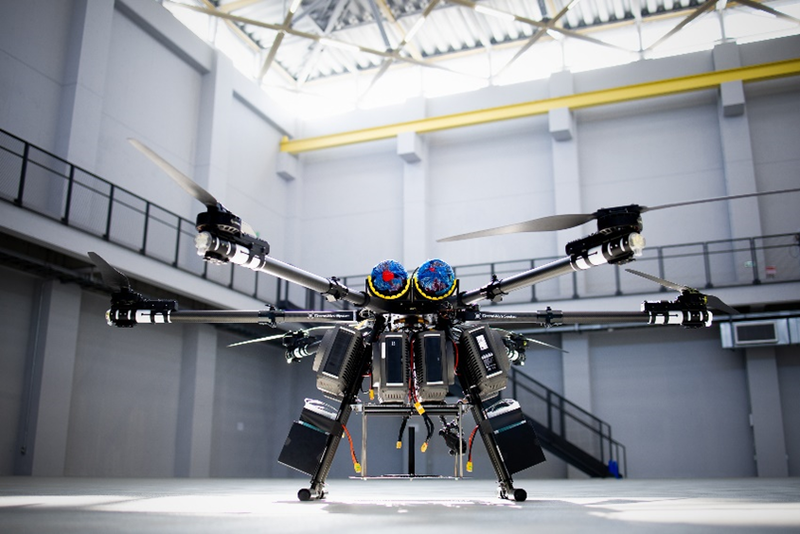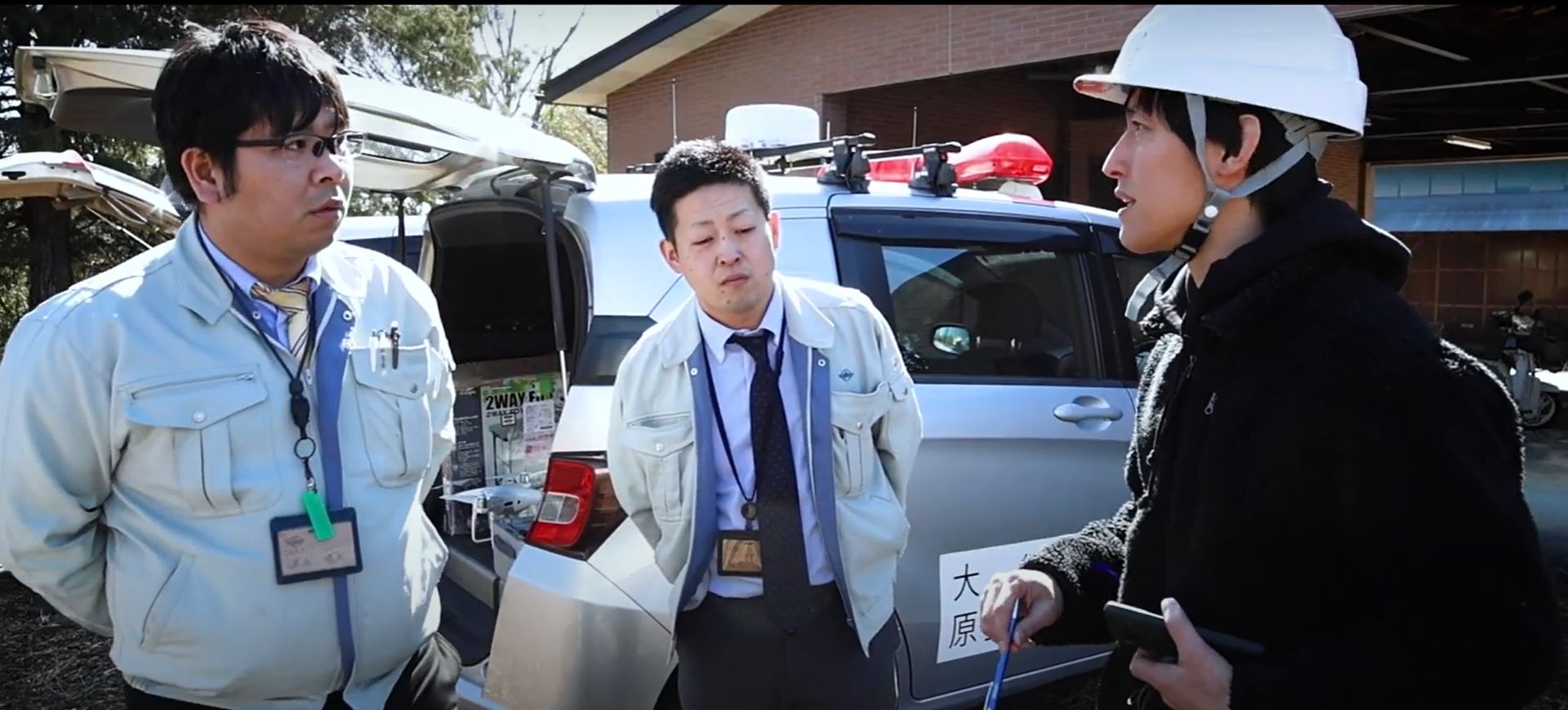
Inheriting Japanese, Taiwanese, and Korean blood, he spent his student days in the United States, and from Fukushima became a global leader in cutting-edge technology.
The man who takes on the challenge of business is a dreamy realist who has steadily realized his passion for racing cars since childhood.
【Q1】Please tell us what the “small hydrogen society” proposed by OKUMA DRONE looks like and why it is necessary for industry.
By small hydrogen society, he refers to the aim of commercializing power generation devices and engines using hydrogen of about 1kW to 3kW.
This area is expected to be used as a stationary emergency power generator or a power source mounted on a mobile object such as a drone or robot.
A large hydrogen society refers to devices using hydrogen that can power cars, ships, airplanes, etc.
In a large hydrogen society, major companies are leading the way in product development and infrastructure development, while
In small hydrogen societies, product development and infrastructure development have not progressed at all.
We believe that realizing a small hydrogen society is a very important theme in expanding the range of hydrogen use in Japan.
【Q2】Please tell us how and why you realized the benefits of a “small hydrogen society.”
Last year, we were selected for a practical application subsidy from Fukushima Prefecture, and as part of that project we developed a large drone with a payload of 40kg.
At that time, a problem arose in that the overseas-made hydrogen fuel cells used did not function properly under certain temperature conditions.
However, even after contacting the manufacturer, we were unable to receive an answer on how to resolve the issue, and we were forced to suspend testing.

Additionally, there was no established method for obtaining hydrogen, which led to high costs and long delivery times.
If this happens, it will be difficult for small-scale hydrogen use to expand, and the market will not grow.
We believe that if we can manufacture the first domestically produced small-sized hydrogen fuel cell stack and build infrastructure that allows small-scale hydrogen use, we will be able to promote the use of hydrogen and make a major contribution to the realization of a hydrogen society in Japan.
【Q3】I understand the benefits of a “small hydrogen society.” How will OKUMA DRONE increase profits while promoting this? Please explain your core business.
Our company will develop a small domestic hydrogen fuel cell stack of 1kW to 3kW and a small power generation device using it.
The main uses include use as an emergency power source indoors, which was not possible with engine generators, and replacement of engine generators at construction sites, where noise and exhaust gas have been the subject of complaints. I think this will become a major business.
We are also considering forming a consortium to address issues related to hydrogen supply infrastructure in collaboration with various companies and councils.

【Q4】What kind of balance and ratio will you maintain between the drone business you have been working on and the “small hydrogen” related business you will be working on? Also, are you looking for synergy there?
Our company will continue to use drones to solve social issues.
On the other hand, the realization of a small hydrogen-related business is closely related to extending the range of drones, so we will promote the business at a 50:50 ratio.
【Q5】What will be the roadmap and steps towards realizing a “small hydrogen society”?
In 2024, we will develop the first domestically produced compact hydrogen fuel cell stack and compact power generation device prototype.
In 2025, we aim to establish mass production technology to significantly reduce costs.
In 2024, in parallel with development, we will form a consortium to realize a small-scale hydrogen utilization supply chain.
We aim to realize hydrogen supply infrastructure in 2026.
We will build a factory and establish a mass production system in 2026, and begin domestic sales in 2027.
